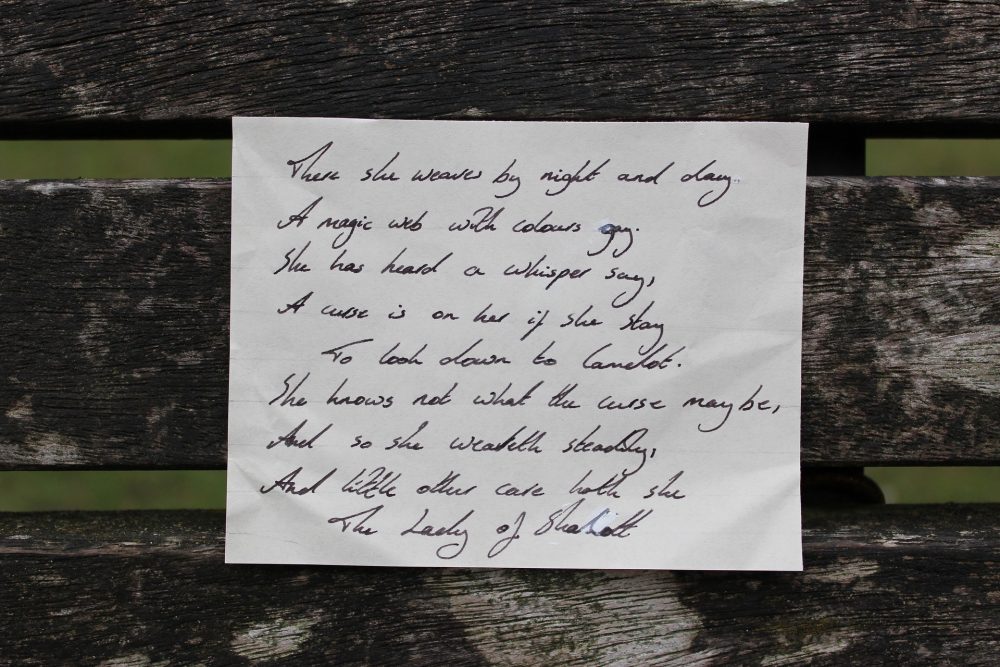Your professors probably told you countless times to use the best research sources available when writing an an assignment. In most cases, students don’t really understand what the best research sources are. Also, they may not realize when a source is not what it seems. Using data and information from problematic sources can easily lead to a low grade. Remember that the Internet is full of personal opinions and biased content. You must know how to tell good sources from bad ones quickly. Time matters a lot when you have only one night before an exam.
Finding reliable sources for research is extremely important if you want your writing to be supported by real, accurate facts and evidence. Also, the reliability of your sources directly affects the final grade you get on your academic paper. And remember, this is even more important if you are looking for sources of nursing research. The data and information you get must be 100% accurate. There is no room for error in nursing.
The Various Types of Sources for Research Papers
We can’t give you a list of credible sources for research (there are tens of thousands out there, depending on the topic of your essay). However, we can provide you with a classification of sources. Here are the most important types of sources for research:
- Primary sources – this is the original data on which all other sources are based. In most cases, these are comprised of scholarly and academic journals. Of course, one can also consider original works like court records, surveys, poems, fieldwork, interviews, etc. as primary research paper sources.
- Secondary research sources – these are the sources that analyze the primary sources. In other words, secondary sources include all the books and other materials that review, summarize, or interpret the primary sources. Also, you can include here textbooks, dictionaries and even entire encyclopedias.
- Tertiary sources – these sources are just there to help locate primary and secondary sources. They are used for organization purposes. Here, you can include abstracts, indexes and databases (also known as online indexes).
If you are looking to learn how to find primary sources for a research paper, you have your answer above. Just make sure that the sources you use are primary sources. In other words, ensure they are the original works that are being used by all other sources. For example, the original published edition of a study on the effects of antibiotics on the human body is most definitely a credible, primary source. Other works discussing the findings of the original authors are secondary sources.
What Are Some Reliable Sources for Research?
Now that you know the major types of sources for research papers, it’s time to take a look at some examples of credible sources for research. Of course, primary sources will always be accepted as being the best sources of information. Here are some of the most reliable and credible sources of information and data you can use while writing your academic papers:
- Government publications
- Industry reports
- Magazines
- Newspapers (be careful which newspapers you choose to use, as some are biased)
- Academic books
- Academic journals
- Company profiles
- Printed books and textbooks
- Trade journals
- Press releases
It doesn’t matter that you’re looking to research funding sources or research chemical sources, one thing will always hold true: not all sources can be trusted. No, not even secondary sources. This is why it is very important to use primary sources as much as possible.
Common Sources of Bias in Research
To make sure you understand what types of sources you need to stay away, let’s give you some examples of sources of bias in research papers:
- Blogs – 90% of all blogs contain the personal, subjective opinions of their creators. This means that you shouldn’t consider the information you find on various blogs as credible. This doesn’t mean that there aren’t any reliable blogs out there. It just means that you need to make sure the data is actually correct.
- Social media – as you can imagine, social media posts should not be trusted in most cases. If it’s a press release or an official company statement, things change. However, a lot of the posts you see on social media are biased. Some are downright complete lies. Remember the “fake news” craze?
- Wikipedia – you shouldn’t include it in your reliable research sources. Why? Well, Wikipedia – even though it looks professional and curated – is actually maintained by users who may not have industry experience. This means that the information there doesn’t necessarily come from experts in the field you’re writing about.
- Advertising – ads are known for misrepresenting the truth on almost every occasion. They are designed to sell, not to educate. As such, getting information for an academic paper from advertisements is not the best of ideas.
If you are looking for accurate, authoritative sources of data in research, the examples listed above should not be on your list.
But How Many Sources for A Research Paper?
It’s very difficult to find primary sources for each topic you need to write an essay about. We know. However, we also know that students don’t realize that they usually don’t need two dozen sources. So, how many sources should a research paper have?
The answer to this question is “It depends.” As a general rule of thumb, we recommend one source for every page of the research paper. If you need to write a 6-page essay, 6 sources would suffice. For lengthy papers, you can use fewer sources. However, never go below one source for every 2 pages.
There is another issue with the “how many sources for a research paper?” question. The reality is that many professors tend to consider papers with more sources better. Yes, some professors will appreciate the sheer number of sources instead of appreciating the quality of the sources. You can include more than 1 source of information for every page, but never use more than 2 for every page.
Where to Find Good Research Paper Sources
You now know how to classify sources for research and know which of the sources can infiltrate biased information into your academic papers. Of course, you probably already know how to use sources in a research paper (citing, quoting, referencing, etc.). However, do you know where you can find high quality sources of information quickly?
The first place you will look for credible research sources is Google. However, did you know that including “site: .edu” (with the quotes) after your search query will return only results from .EDU websites. These are generally considered to be more credible. Replace .edu with .gov and you get only results from government website (also very credible).
Another way to credible research sources is to subscribe to magazines (Scientific American Magazine, for instance) and journals (Oxford Academic is just one of the many choices).
However, if you don’t want to waste time and money searching for the most credible research sources, you can just ask a professional to do homework for you. No, we don’t mean a nuclear scientist. We mean a seasoned academic writer. These professionals are very well versed in the fine art of finding only the most accurate sources for academic papers. After all, they do this for a living. And they already have subscriptions to various magazines and journals. Try getting in touch with an academic writing company if you need some reliable sources for research ASAP.











